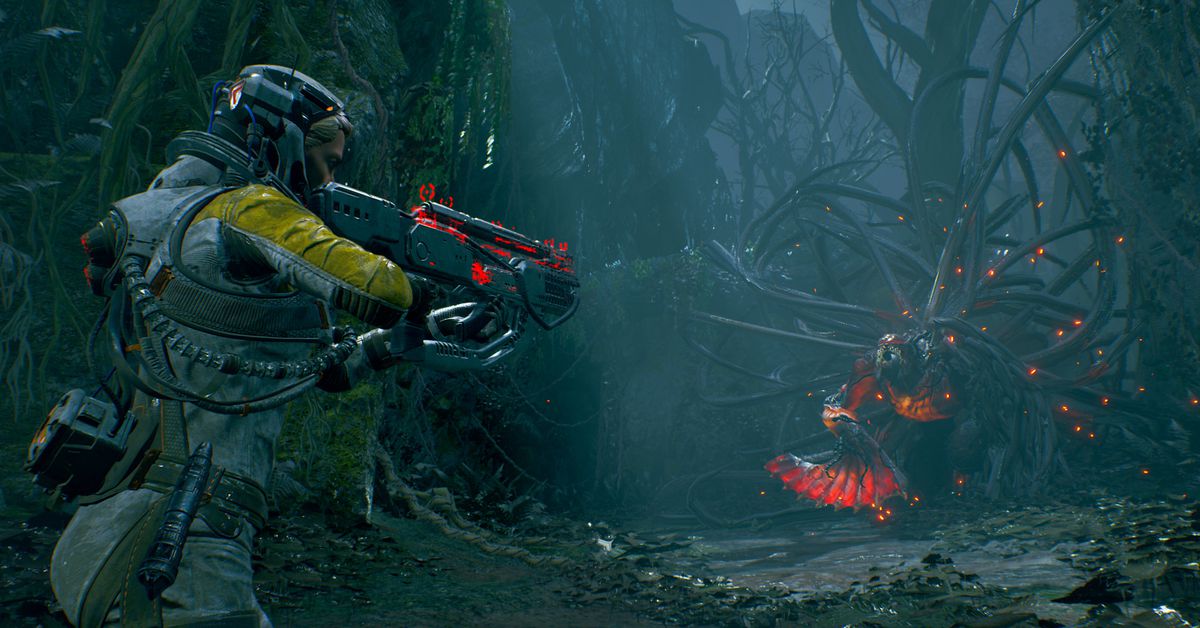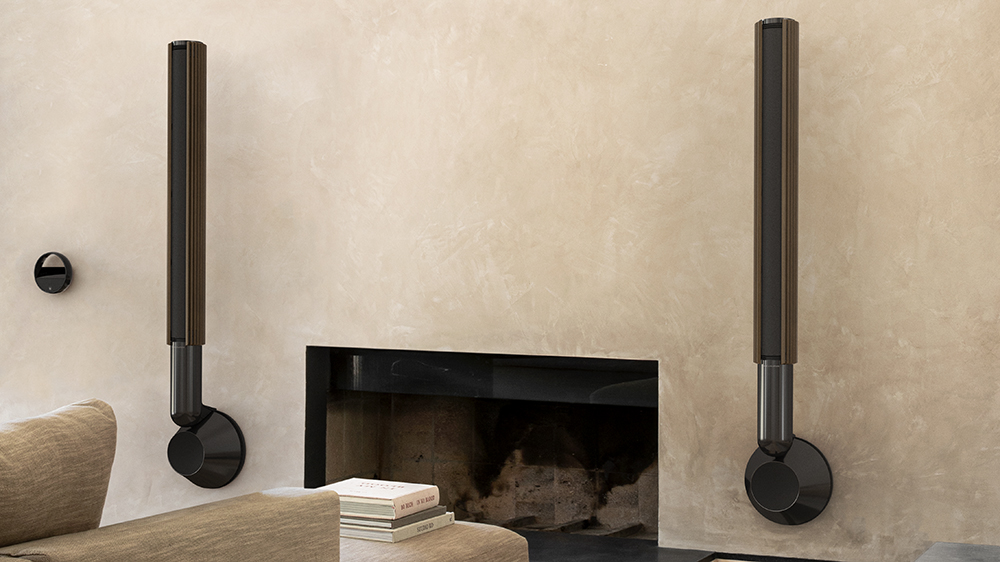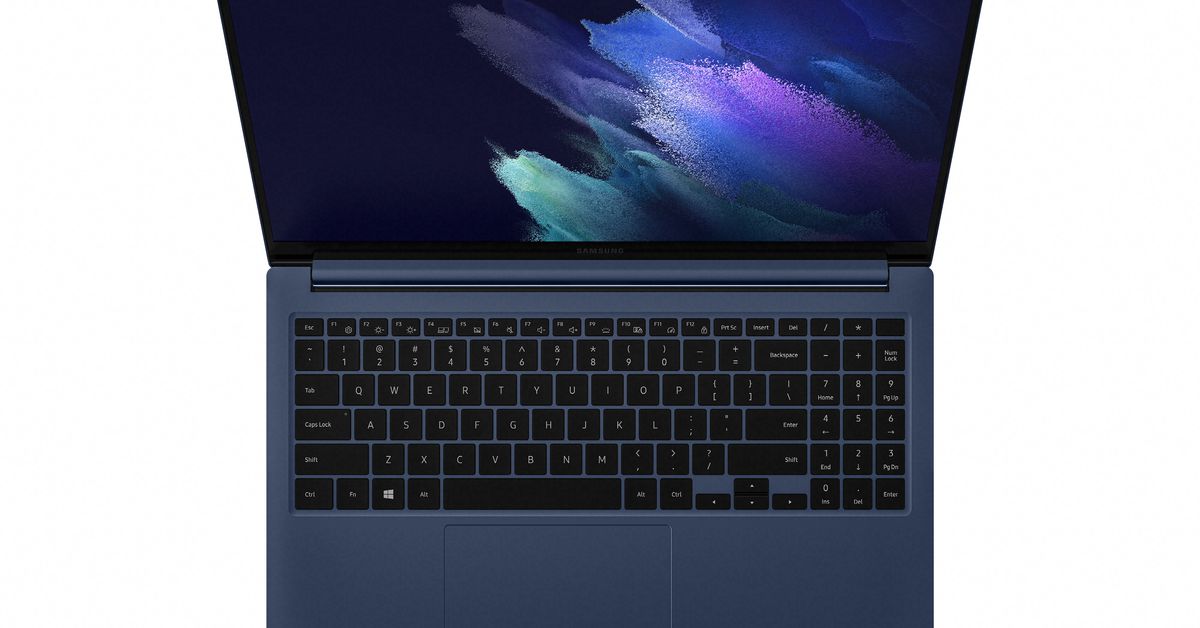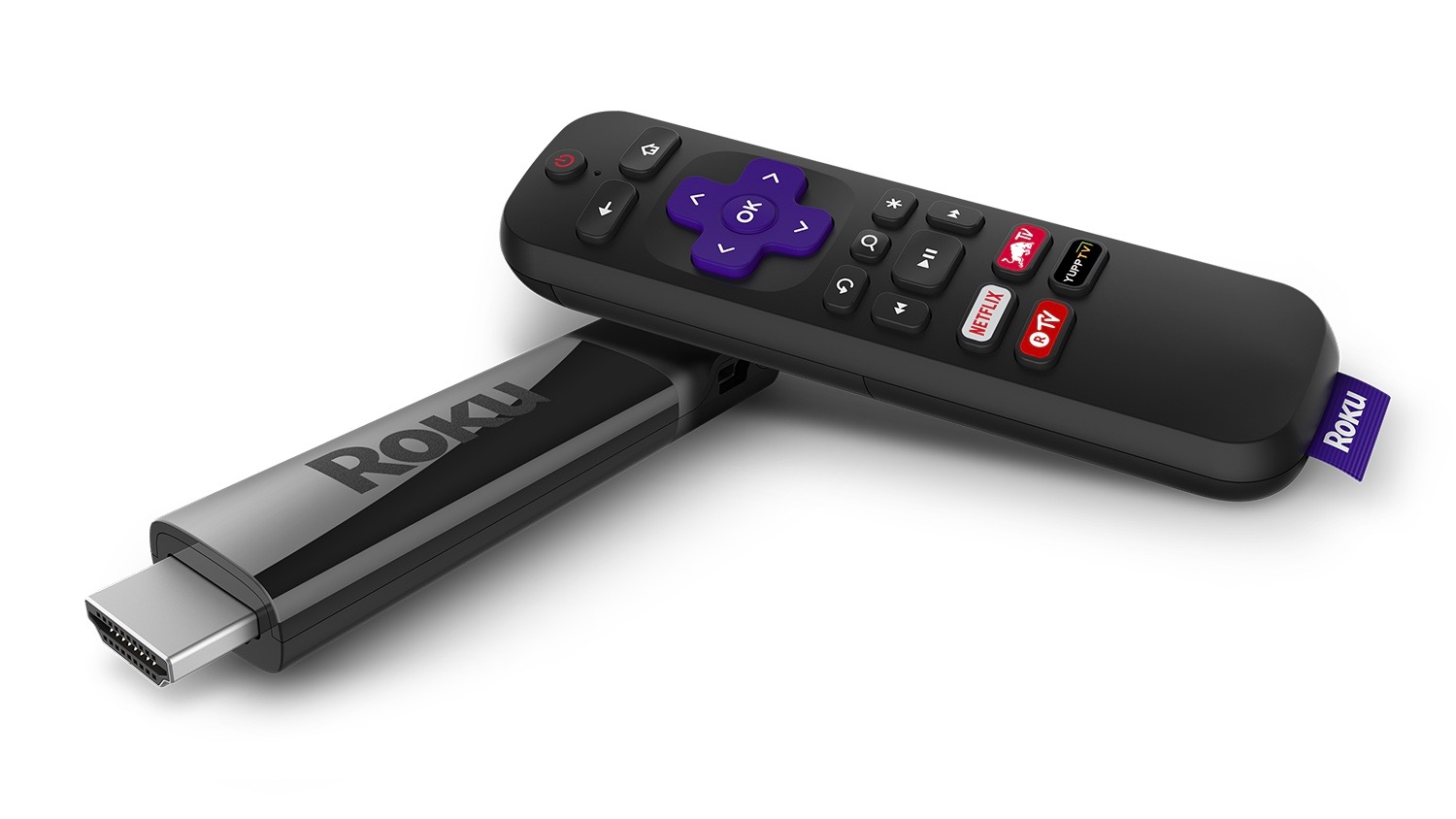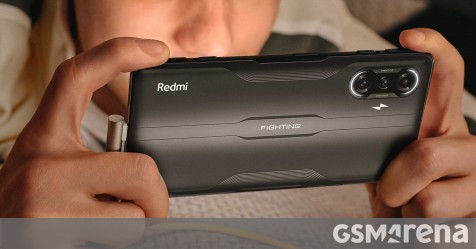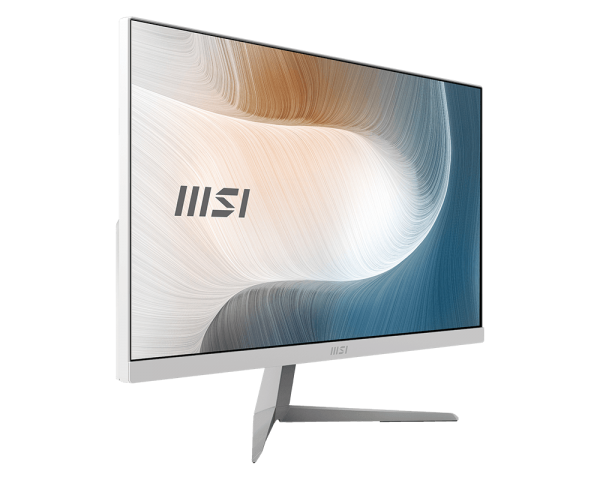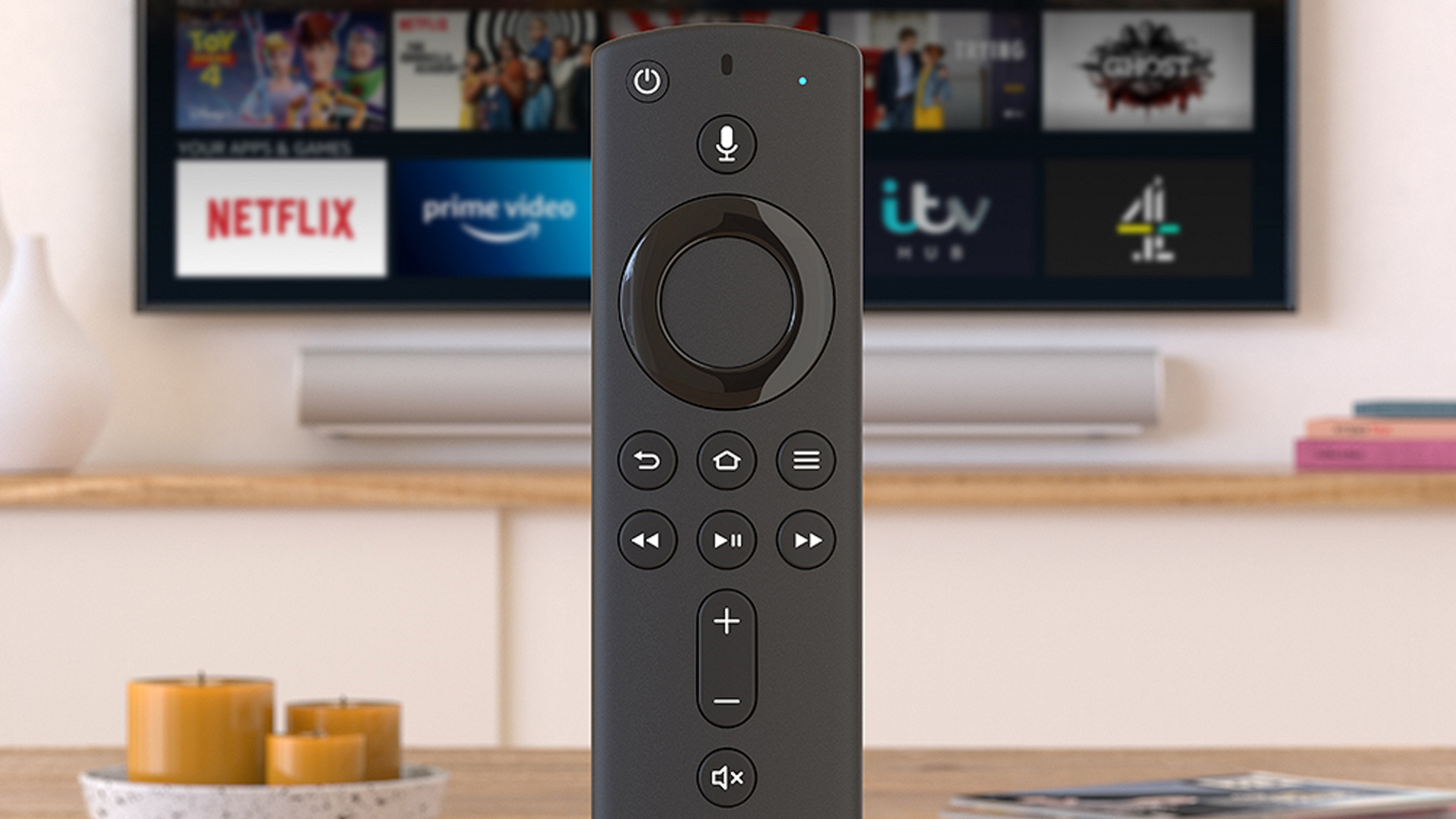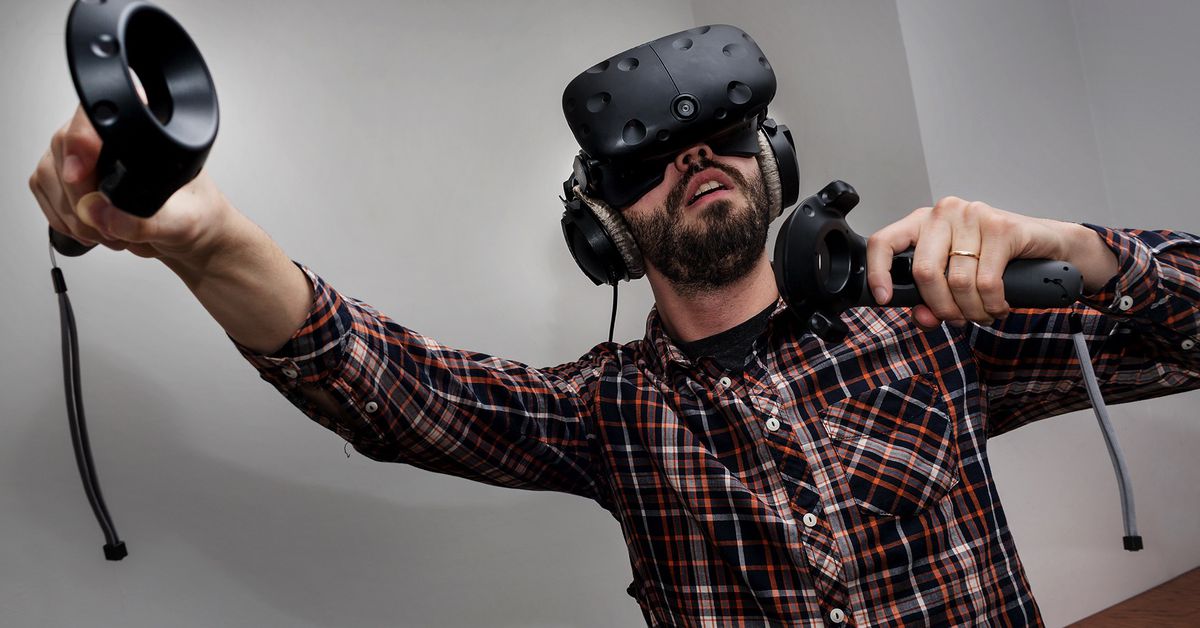We’re nearly six months into the life of the current generation of game consoles, but there are still vanishingly few high-profile exclusives that show off what the PlayStation 5 and Xbox Series X can do. After getting through the initial wave of launch titles, I’ve spent most of 2021 using my PS5 to play Fortnite. But this week sees the launch of Returnal, a PS5 exclusive that comes with some caveats. It’s challenging and complex, making it the kind of game you’ll die in repeatedly. But it also might be the best showcase for Sony’s new console yet
Returnal puts you in the spaceboots of an astronaut experiencing the worst case of deja vu imaginable. After crash landing on a mysterious alien planet, she soon realizes she’s stuck in a loop; every time she dies, she heads back to the crash site to start all over again. Each time you explore, you learn just a little bit more about the planet and the astronaut, as well as the rules of the game. With more information and practice, you’ll (hopefully) be able to progress slightly farther each loop.
The game plays out as a third person shooter, but it’s also a mish-mash of many different inspirations and genres. Despite the perspective, Returnal often feels like a bullet hell shooter, with alien creatures spitting countless energy orbs for you to avoid. You even get bonuses for avoiding getting hit. (This aspect of the game shouldn’t be too surprising, as Returnal was developed by Housemarque, a studio best-known for games like Super Stardust and Resogun.)
The loop structure also means that the game plays out like a roguelike (think games like Hades). Each “run” is different; the planet remixes itself each time you play, and you’ll pick up different weapons and fight different enemies along the way. There are also elements of Metroid, where you’ll come across roadblocks that you can’t get around until you unlock the right item or ability. Early on, for instance, there are electrified webs that block your way, and you can’t cut them down until you get a massive laser sword.
It should also be noted that Returnal is extremely hard, combining two notoriously challenging genres — roguelikes and bullet hell shooters — into a game that does little to make itself accessible. In fact, there aren’t even any difficulty options, aside from the ability to turn up the aim assist. The result is an experience where you’ll have to get used to death and failure, and learn from your mistakes.
It can be frustrating, but it’s worth pushing through for a few reasons. For one, the action feels incredible; zipping around while shooting octopus birds and slicing at evil tree-creatures with a huge sword is a blast. But Returnal is also a game that’s just dripping with atmosphere — and it’s only enhanced by some of the PS5’s unique features.
The dark world you’ll explore feels ripped out of an Alien movie, complete with towering, crumbling ancient ruins, and lots of disturbing bio-engineered technology. This is all rendered in incredible detail, and Returnal particularly shines when it comes to special effects; there are all kinds of hypnotically beautiful explosions of light and color, and I especially love the fast travel effect, which sees your character melt away into nothingness.
But there are lots of great-looking PS5 games already. Even last-gen titles look good on the new hardware. What makes Returnal stand out in particular is its use of sound and the DualSense controller. I’ve spent most of my time with the game so far wearing Sony’s Pulse 3D headphones, and it’s the first game where I’ve really noticed the 3D audio that the company has touted so much. I could pinpoint monsters by the sounds of their screams and growls, which was extremely helpful, as there’s often so much happening on screen that it can be hard to follow. The sound design also makes the game that much creepier; the alien monsters make unsettling noises as they approach, and it always made me wary when stepping into a new, unknown space.
Meanwhile, I’d go so far as to say it’s the best DualSense game since Astro’s Playroom, which comes bundled with the console in order to show off the gamepad’s unique capabilities. The subtle vibrations mean you can feel the patter of raindrops in your palms, and the burst of each weapon has its own distinct sensation. There are also some really creepy noises that come out of the speaker (though you may miss them with headphones on). My favorite feature, though, is the way Returnal utilizes the controller’s adaptive triggers. The left trigger has two phases: push halfway and you can zoom in to aim your main weapon, but click it all the way down and you’ll unleash a special attack. It basically gives the controller an extra button in a way that feels very natural.
Returnal is definitely an acquired taste. Its looping structure and unforgiving nature means many players will end up frustrated as they struggle through nearly identical scenarios repeatedly. Death isn’t always fun. But it also blends together so many cool things, from the vibe of Alien to the thrill of a great arcade shooter, in a way that’s seamless and deliberate. And if you’re someone who actually managed to pick up a PS5, it’s the kind of game you’ll want to take out to show off what the console can do.
Returnal launches on April 30th on the PS5.
